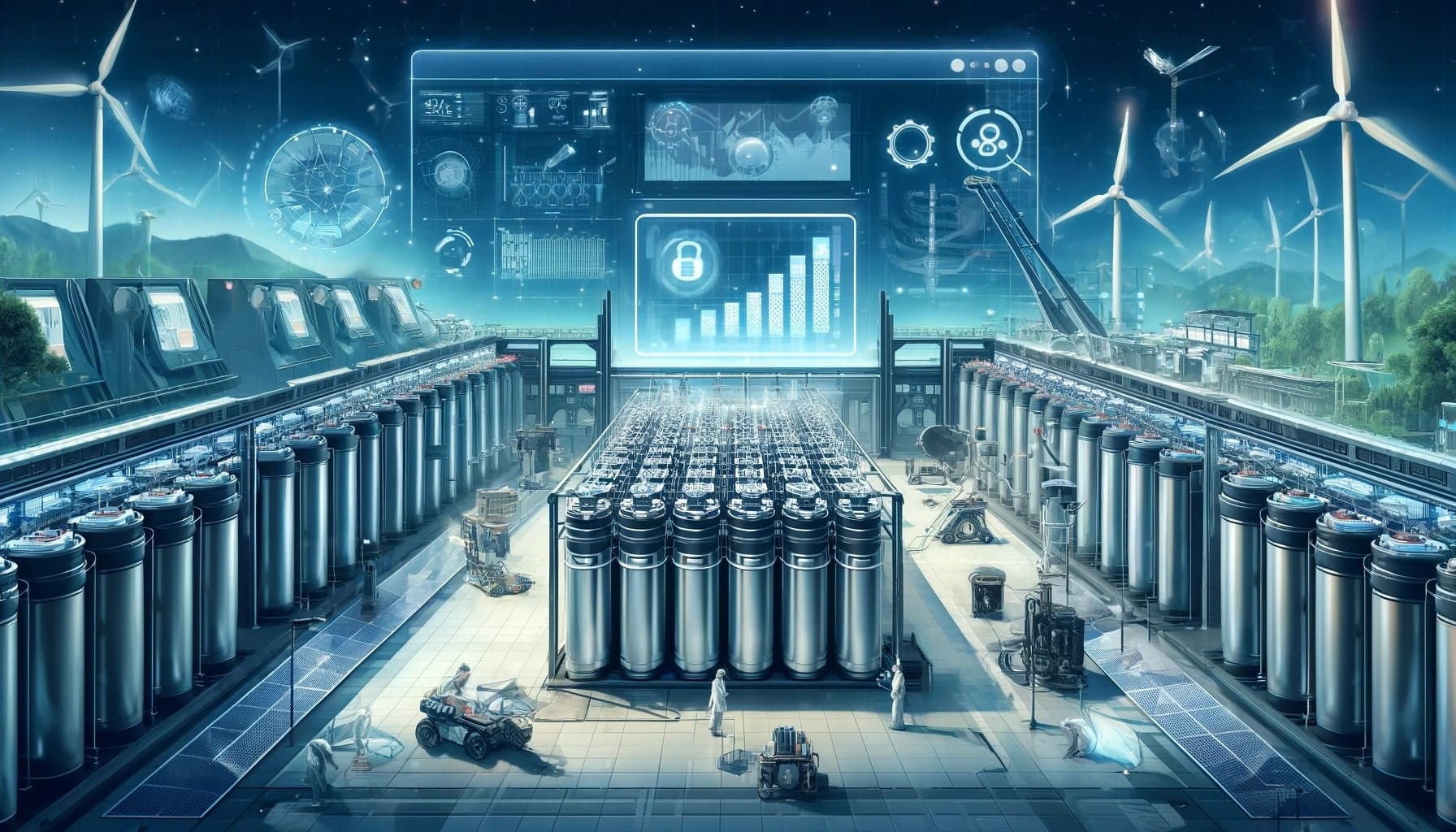Lithium-ion batteries have dominated the energy storage sector for years, but the increasing demand and scarcity of lithium have driven the search for more accessible alternatives. This is where sodium-ion batteries (SIBs) emerge as a promising solution, thanks to the abundance of sodium in nature. Researchers at the Japan Advanced Institute of Science and Technology (JAIST) have developed a new electrode binder material that could bring these batteries to commercialization, marking a significant advancement.
The Challenge of Current Materials
Batteries require materials that not only efficiently store energy but also maintain their stability over time. A key challenge for SIBs has been finding a suitable anode. Hard carbon (HC) has shown promise, but its use has been limited due to the formation of an uneven and thick solid electrolyte interface (SEI), reducing stability during charge and discharge cycles.
Issues with Traditional Binders
To improve HC stability, various binders such as carboxymethyl cellulose salts, polyacrylic acid derivatives, and PVDF have been used. However, these binders hinder sodium ion diffusion, resulting in low fast charging capacity. This is where the new binder developed by JAIST researchers comes into play.
Innovation with Polyfumaric Acid (PFA)
The team led by Professor Noriyoshi Matsumi and doctoral student Amarshi Patra has developed a polyfumaric acid (PFA) binder, which promises to solve previous issues. PFA is a high functional density polymer with carboxylic acid on all carbon atoms of its main chain, improving sodium ion diffusion and providing better electrode adhesion.
Benefits of PFA
PFA not only enhances ion diffusion but is also water-soluble and non-toxic. Its precursor, fumaric acid, is a biological-based polymer, making it more sustainable. In tests conducted, electrodes with PFA showed significantly higher adhesion to electrode components and copper current collector, which is crucial for battery longevity.
Manufacturing Process and Results
Researchers synthesized PFA by hydrolyzing polyfumarate esters. They then mixed HC, Super P carbon, and PFA in water to form an aqueous slurry, which was coated on a copper foil and dried to produce an HC anode. This anode, along with a sodium metal disc and 1.0 M NaClO4 electrolyte, was used to construct a half-cell.
Adhesion and Performance Tests
In peel tests, the HC electrode with PFA binder showed a peel strength of 12.5 N, surpassing electrodes with polyacrylic acid (11.5 N) and PVDF (9.8 N). Charge/discharge tests demonstrated specific capacities of 288 mAh/g and 254 mAh/g at current densities of 30 mA/g and 60 mA/g, respectively. Additionally, the half-cell maintained 85.4% of its capacity after 250 cycles, indicating excellent long-term stability.
The sodium ion diffusion coefficient for the PFA-HC electrode was notably higher than that of electrodes with polyacrylic acid and PVDF, confirming the advantages of the new binder.
Future Applications and Collaborations
Prof. Matsumi expressed interest in future collaborations with companies to bring this technology to market. PFA, being a sustainable and efficient binder, not only has applications in SIBs but can also be used in a wide range of energy storage devices.
This breakthrough could drive widespread use of low-cost energy storage devices based on SIBs, promoting a more energy-efficient and environmentally friendly society.
References: Curious Minds and DOI: 10.1039/D4TA00285G.

